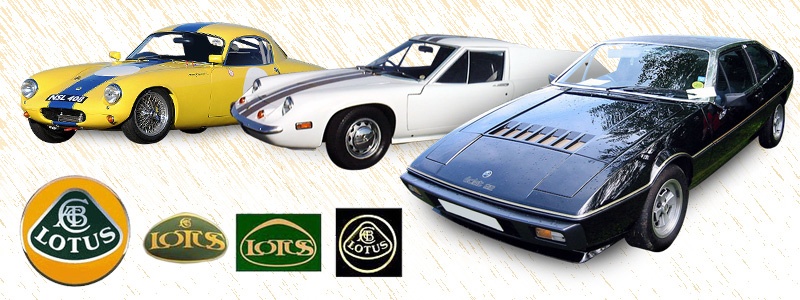Owes its existence to the late Colin Chapman,
one of the greatest innovators of motorcar design.
Chapman started out designing and building specials
based on the ubiquitous Austin Seven, however
his motoring prowess would soon see him emerge
to control a Grand-Prix racing team, among many
other accomplishments. The first Lotus was manufactured
in the English winter of 1947-1948, while Chapman
was still studying for his engineering degree
at London University.
He continued to construct
other specials for competition work, all built
to comply with the regulations of the 750 Motor
Club. The first production Lotus was the Mark
6, the first of many similarly styled cars featuring
a multi-tube space frame chassis enclosing both
the engine and transmission, and incorporating
soft independent front suspension – all
adding up to an extremely light weight. And
it was in regards to weight that Chapman became
a devotee, adopting the philosophy that “no
item should be in any way superfluous, or over-strong,
for this simply added unnecessary weight to
the machine”. This philosophy is still
very much at the core of production principles
applied to to the modern day Lotus.
Also see: Lotus
History |
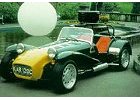 |
|
1961 -
It had no doors, just cutaway sides and with its hood
raised it was nearly impossible to get into this car. More >> |
 |
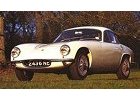 |
|
1957 - 1963
The overhead-cam 1216cc engine powered the car reaching
a top speed of 189 km/h. What made this vehicle unique
was its quick handling. More >> |
 |
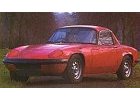 |
|
1962 - 1973
Its acceleration was dynamic - it could get to 96 km/h
as fast as a Lamborghini Islero and once in top gear could
easily mix it with cars like the 246 Dino and 911E Porsche. More >> |
 |
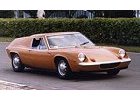 |
|
1966 - 1975
The Europa lays claim to being the worlds first everyday
useable mid-engined car. More >> |
 |
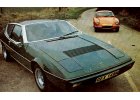 |
|
1974 - 1982
Launched in 1974, the Elite Type 75 was Lotus' very first saloon car, which featured a fiberglass hatchback bodyshell designed by Oliver Winterbottom, mounted on a steel chassis that had evolved from the Elan and Europa. More >> |
 |
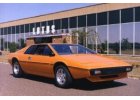 |
|
1976 - 1980
These first cars eventually became known as S1 (or Series 1) Esprits. With a steel backbone chassis and a fiberglass body, the Esprit was powered by the Lotus 907 4 cylinder engine, as previously used in the Jensen Healey. More >> |
 |
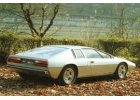 |
|
1980 - 1987
Introduced in April 1981, the Turbo Esprit and S3 (Series 3) Esprits marked a necessary consolidation: both new models had a common chassis, inheriting much of the configuration of the Essex cars, whilst body production was based on a single common set of moulds. More >> |
 |
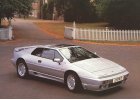 |
|
1986 - 1988
The Esprit was seen as a Ferrari or Lamborrghini rival, which it was in dynamic and visual terms, but it was way behind these in mechanical refinement and practicality, even by mid-engined standards. At either end of the scale there were more useable mid-engined cars: a Ferrari Testarossa or a Toyota MR2 both enjoyed better visibility, though neither was as impressive to look at as the Esprit. More >> |
 |
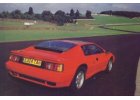 |
 |
1988 - 2004
Improve on one of the most perfect shapes from one of the greatest automotive designers; that was the scale of the challenge Lotus faced in producing a new Esprit. More >> |
|
